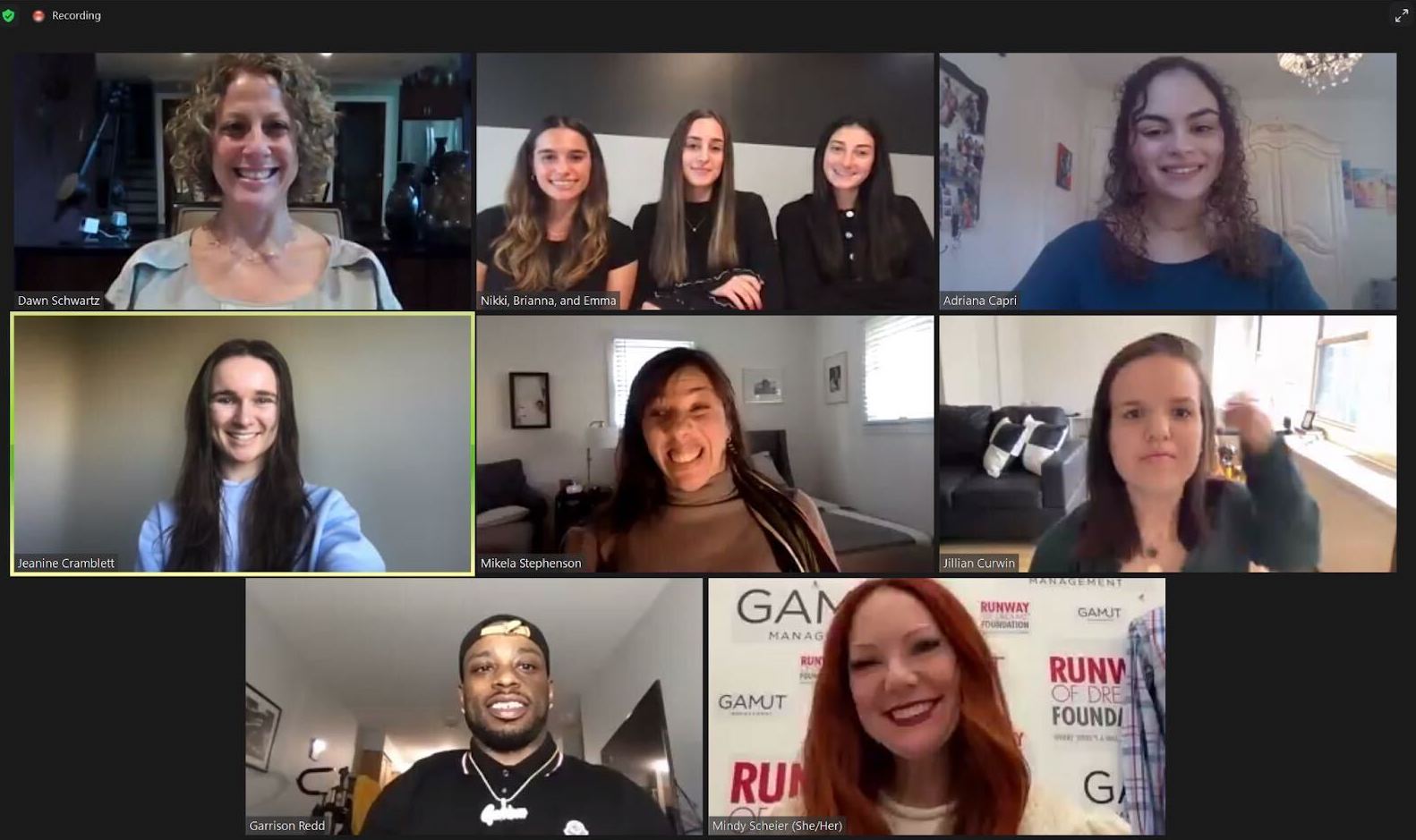The Runway of Dreams club at the University of Maryland, an organization that advocates for adaptive apparel, empowered people with disabilities on and off the runway in a virtual panel event on Monday.
Runway of Dreams was founded in 2014 by Mindy Scheier, who is a fashion designer and the mother of a child with a disability. The organization, which works to ensure that “one day the adaptive category will be as commonplace as petite or plus size,” came to this university in 2021.
The panel, hosted by the student leaders of this university’s Runway of Dreams chapter, featured four panelists who are involved with Runway of Dreams, with an opening appearance from Scheier as well.
“I hope that everybody listening tonight has an important takeaway of conviction and understanding that change is happening and we are all responsible for making that happen,” Scheier said at the opening of the panel discussion. “But we can’t do that alone. And we need everybody to really participate and make this a mainstream notion that people with disabilities are people first.”
[Made By Mide: UMD student cooks up affordable meals in delivery business]
One of the panelists, Jillian Curwin, is a podcast host, blogger and disability and dwarfism advocate. She said it doesn’t make sense when brands don’t design clothing with people with disabilities in mind.
“Fashion affects everyone. We all get up, we all get dressed in the morning in one way, shape or form,” Curwin said. “[Brands are] eliminating an entire customer base … people with disabilities comprise the world’s largest minority and it is also the only minority group that anyone can join.”
As a little person or a person with dwarfism, Curwin said it’s difficult finding clothing that isn’t too long for her or doesn’t match up with her body proportions.
While there are roughly 400 types of dwarfism and it is very hard to standardize how to make clothing for so many types of bodies, Curwin said she wants to see the fashion industry take on the task.
“No two bodies are alike, so I want to see the fashion industry take it on and say ‘hey, you know, if we’re going to be inclusive, we’re going to be adaptive, we really do have to expand and include more disability in that as well,” she said.
Adriana Capri, a lifestyle blogger and graduate of Marist College’s fashion program, said when clothing is adaptive, anyone can wear it, not just people with disabilities. She said magnetic closures on button down shirts or on jewelry are some changes she would like to see in the fashion industry to make clothing more adaptive.
“I just feel like It’d be great to feel more recognized,” Capri said. While the fashion industry is aiming for inclusivity in a lot of areas, “disability is sometimes forgotten,” she said.
[UMD MaryPIRG revitalizes textbook affordability campaign]
When it comes to representation in models, panelist Mikela Stephenson, a 24 year old model with cerebral palsy living in New York, said she wants to inspire people and show them people with disabilities are people first.
“You don’t have to be six feet tall and thin and strong to look good in clothes,” Stephenson said.
Team USA powerlifter, author, model, disabled rights advocate and founder of a nonprofit organization, Garrison Redd, also a panelist, has a spinal cord injury that affects the lower portion of his body. He said he primarily uses a wheelchair to get around.
The Runway of Dreams is important to Redd because everyone involved is a pioneer of change, he said.
“A lot of times we take for granted how important independence in fashion is,” Redd said. “What the Runway of Dreams is doing is creating opportunities for these brands to … open them up to thinking outside the box or not even thinking with a box at all.”
By involving people with disabilities both as models and behind-the-scenes creative, Curwin said Runway of Dreams is “showing the other major fashion houses that there is no excuse not to include disabled people.”
“Disabled people know what it’s like to live in their own bodies. They know what it’s like to live in this world that is inherently ableist, that is inaccessible,” Curwin said. “So if you’re trying to help the disabled community, don’t assume that you know better than a disabled person. Really take the time. Listen to them.”



